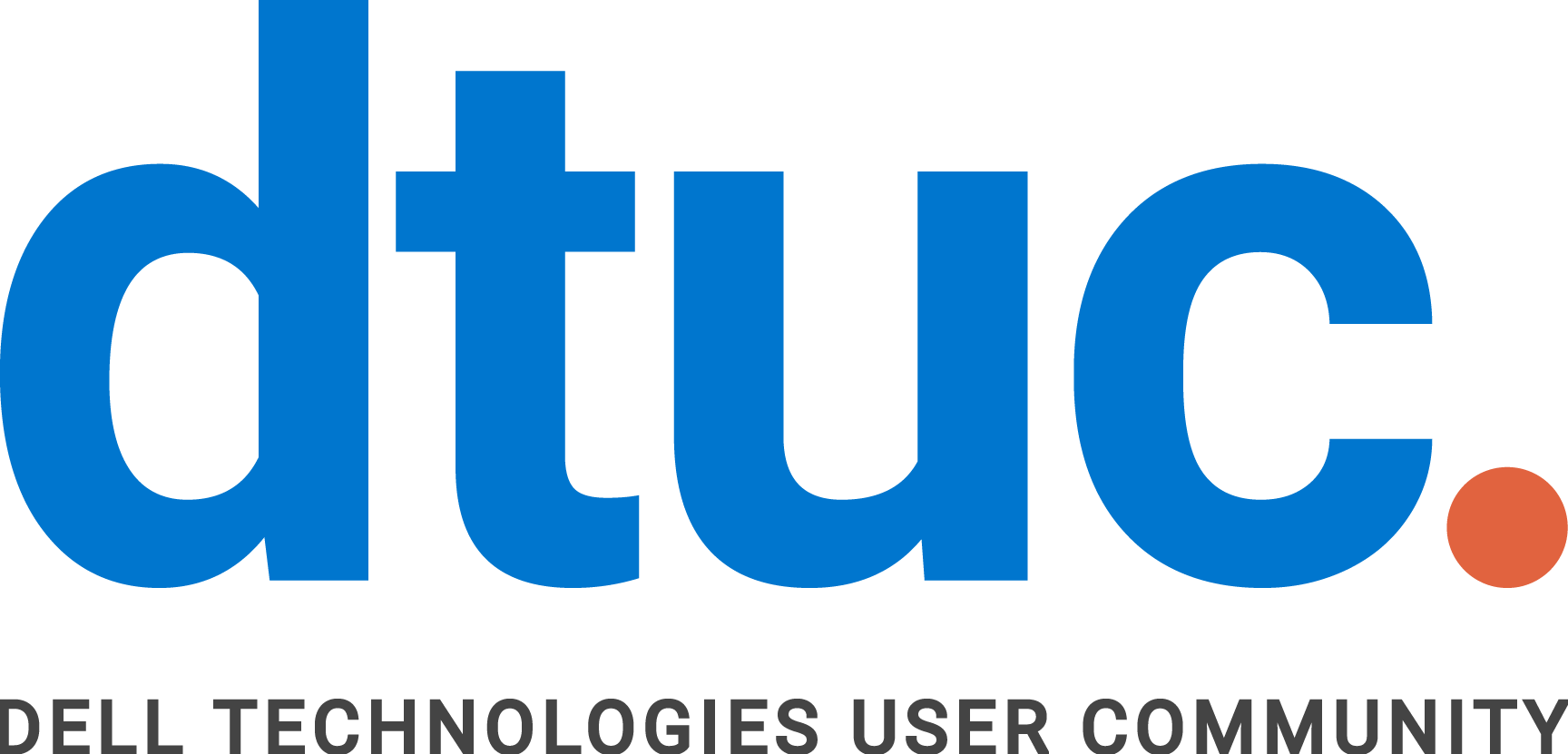- Manual updates
- Microsoft Windows Update
- Services, such as Dell TechDirect and Dell SupportAssist
- Dell Command Update and Dell Command Cloud Repository Manager
- Using a management console like Microsoft Endpoint Manager or VMware Workspace ONE
Let’s discuss all the options briefly.
Manual
A manual process requires knowing about the updates as they become available. Resources for this information include newsletters like the Dell PDE Update (available through your Dell contact) or the “Drivers notifications” option of the Dell support website. These resources will alert you when updates for Dell devices are available, so that you can test and plan deployment accordingly. However, managing updates manually is resource intensive (limited to a small group of PCs for instance) and many organizations choose one of the other options to automate the update process.
Microsoft Windows Update
Most organizations are using Microsoft Windows OS for their endpoints and are aware of Windows Update (including WSUS), using it to maintain their OS and applications like MS Office. This service also provides drivers and even BIOS updates. While it provides limited control over how and when updates are deployed, it’s a useful option for some organizations to consider. Recent Microsoft announcements also show that admins will have more control in the future, which would make this a practical option for some.
Dell TechDirect and Dell SupportAssist
As the names suggest, these are Dell services available to help support your fleet of endpoints. Many Dell customers use our self-service portal Dell TechDirect for support, as well as for tasks such as ordering spare parts or requesting an onsite technician.
Depending on your support-level (e.g., Basic, ProSupport or ProSupportPlus) you’ll have access to functions like Device Information, Service Information, Device Health etc. This will be provided by a unique Dell SupportAssist agent that you have configured & deployed via Dell TechDirect.
These services will ensure that your fleet is updated with the latest drivers and BIOS. Dell TechDirect provides you with dashboards and several configuration options to meet your requirements.
Dell Command Update
Our Dell Command Update (DCU) solution is one of the most popular tools in the Dell Client Command Suite. DCU takes care of updating drivers and uses a catalog (called Dell Update Catalog) with frequently updated metadata. This metadata is compared to the “inventory” of your device and DCU takes care of ensuring that the drivers are updated. There are multiple options to configure DCU based on your requirements. DCU is also capable of recognizing dependencies like “to install driver ABC, another driver XYZ and BIOS 123 has to be installed first”, making installation smoother.
Advanced features like BIOS password management, suspending Microsoft Bitlocker Encryption during the update or an extensive command line interface (CLI) are also part of the solution.
While many customers are embracing modern device management and provisioning techniques, some support situations may require a different solution. For example, you have 100 devices in a remote location with a very “thin” network connection. You want to prevent those devices from downloading the same driver multiple times. For your OS, you would use solutions like WSUS. For your Dell drivers, you would use Custom Update Catalogs (via Dell TechDirect portal) to create your own catalog and driver repository. This would allow all 100 devices to be updated from a single resource in your local network, rather than depending on a lower-bandwidth network connection.
Using a management console
Chances are good that you are using a PCLM tool like Microsoft MEMCMEndpoint Manager or VMware Workspace ONE to manage your endpoints. But you may not know that these solutions have integrations available that help simplify the management of Dell PCs.
For instance, Dell provides a special driver catalog for Microsoft Endpoint Manager Configuration Manager that fits into the 3rd party Software Catalog scheme, enabling you to manage Dell driver updates directly.
With VMware Workspace ONE (part of our Dell Technologies Unified Workspace), we have designed in many touchpoints for integration, like BIOS Management, Dell SafeBios, and Factory Provisioning. With this solution, you can create an “OEM Update Profile” to set rules for your clients Dell Command Update and manage it all from a centralized modern cloud-native Unified Endpoint Management console.
There are also other PCLM vendors that provide integration with Dell Client Command Suite. Just look it up or ask your vendor of choice.
Summary
This article covered several options to keep your devices up to date and secure. To learn more about the solutions above, just contact your Dell account manager. They will be happy to arrange a demo of Dell Client Command Suite, Dell TechDirect or VMware Workspace ONE. They will also help you in your journey to modern device provisioning and management with Dell Technologies Unified Workspace.
Be sure to check out Mesut’s webinars below!
Always Stay Up to Date: Bios and Driver Updates for Optimal Endpoint Management
Command, Configure, Deploy: Important Routines for Optimal Endpoint Security
